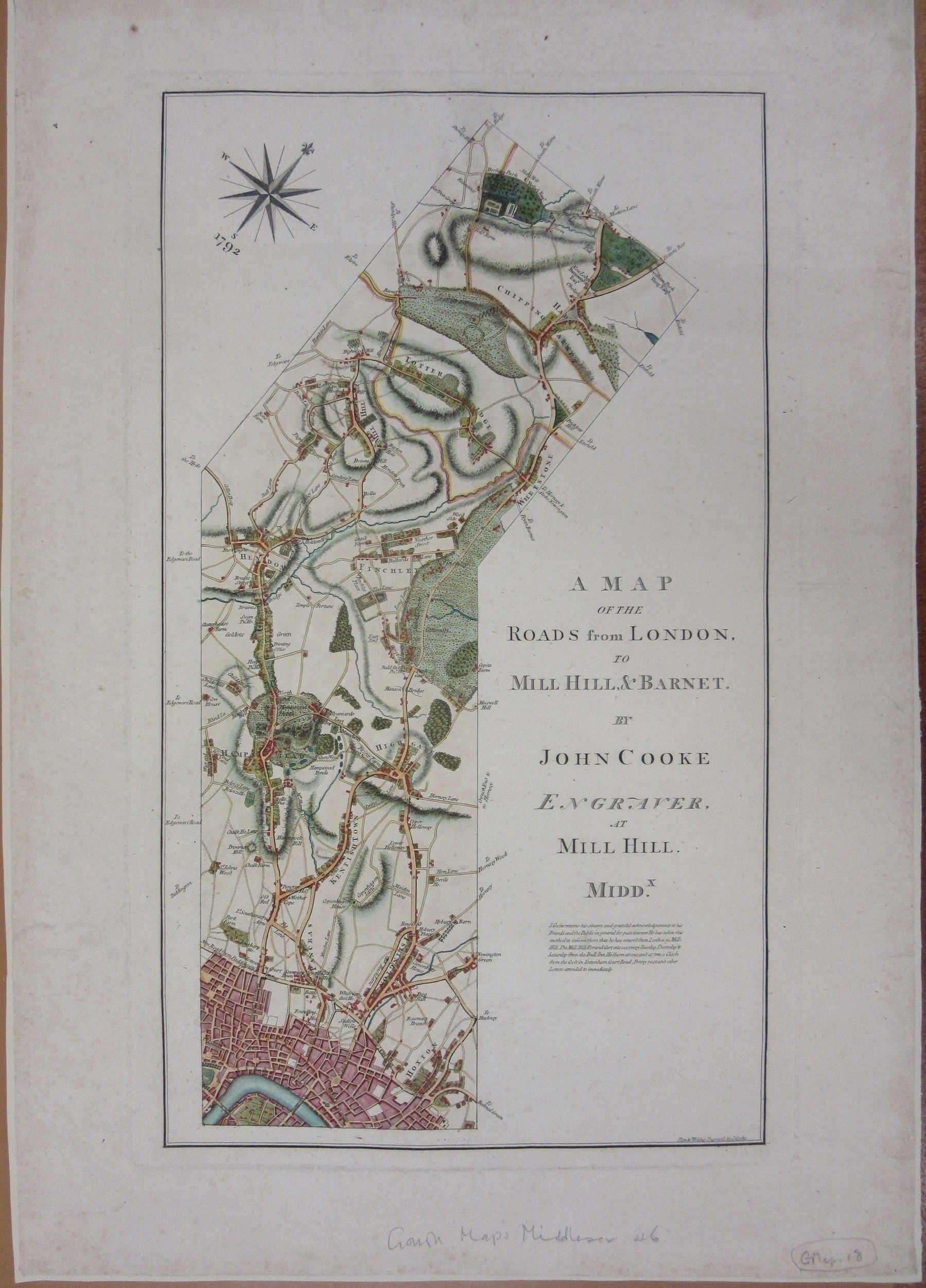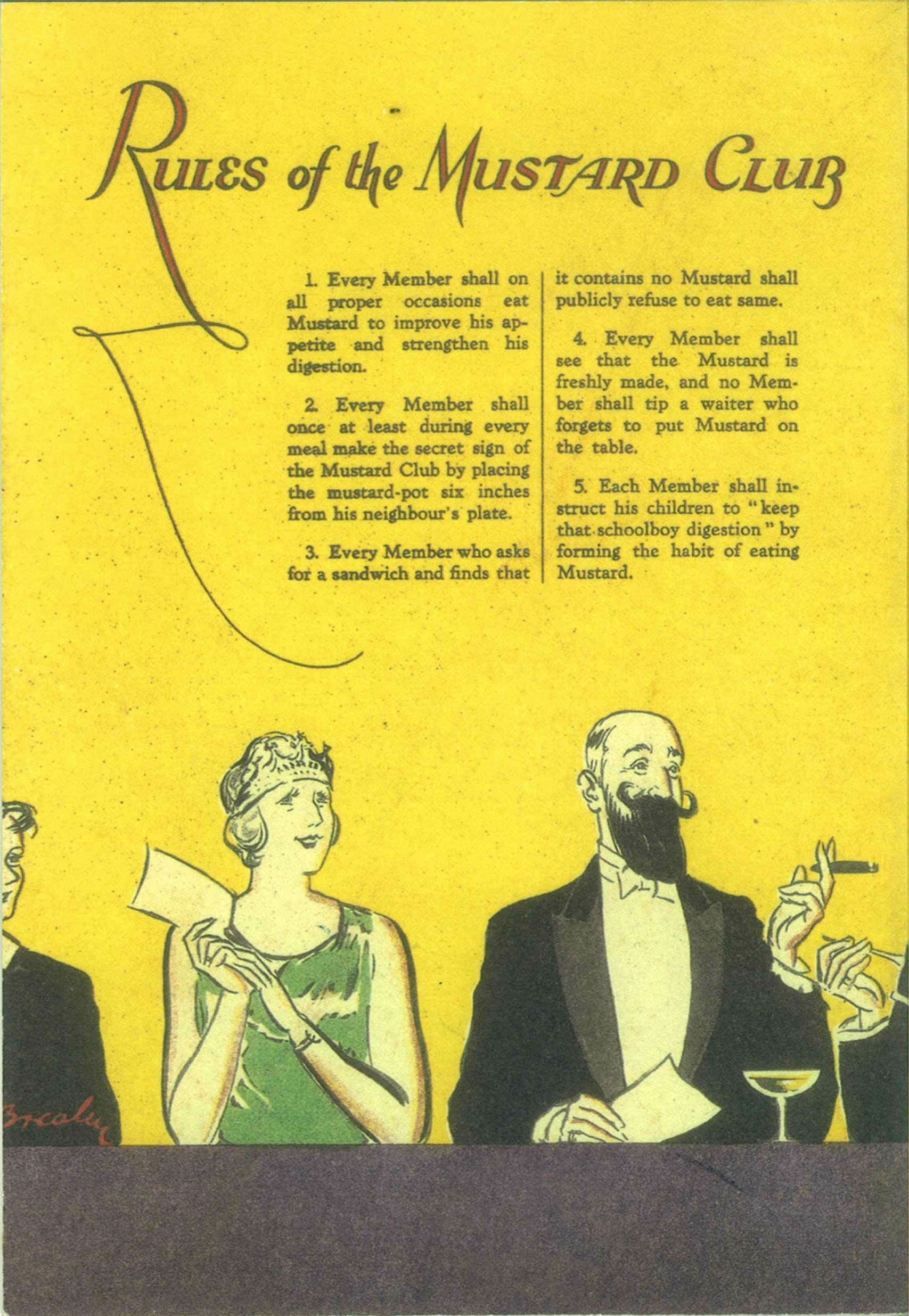Recently on Mac, Spotlight has been failing miserably. I’ll search for a term that appears in dozens of filenames and Spotlight will return two or three, or sometimes none at all. HoudahSpot finds everything, which is great, but I shouldn’t have to buy a 3rd-party app for basic file searches.
Here’s my friend Jono Linebaugh with a lovely reflection on mercy, drawing on Auden’s great long poem The Sea and the Mirror. (I should do an online class about that poem one of these years.)
Mary Harrington on speaking at the recent Alliance for Responsible Citizenship conference at London’s ExCel Centre:
As for Excel, I wasn’t the only person to remark on the disjunction between the conference centre’s paradigmatic expression of the nomos of the airport, and the humanising story the conference itself sought to bring to contemporary political and social questions. Perhaps all we can really say to this is, a little tritely, we are where we are and the options for accommodating that many people for a conference are both limited and, more or less by definition, ordered to that nomos.
Maybe those of us who protest the dehumanizing shape and scale of this late modernity we’re living in shouldn’t have conferences of that kind. Maybe it’s not possible to think outside the confines of metaphysical capitalism when you’re operating wholly within the structures of that nomos.
After this year’s first session of playing in the garden hose.

Muñoz’s lecture is itself a long and challenging one. He had to spend a long time at the lectern to deliver it, and the audience had to sit a long time in their chairs to hear it. The reader of the transcript, too, has to devote a long time to reading it. What we have here is a kind of reciprocity of courtesies. The paying of attention — to a painting, to a lecture, to an essay, to a person, to anything — is also always a paying of courtesy. In paying attention we pay respect.
I wrote about what to do when you think an author might be racist — or otherwise morally deficient.
This new post by Timothy B. Lee is exemplary. Lee is the best guide I’ve found to the most recent developments in AI research and practice: he’s sharp and bold in naming the concerns, but also able (as here) to show the ways in which AI platforms can be extremely helpful.
“It’s got nothing to do with Vorsprung durch Technik, y’know?”
Just back from an amazing weekend at my beloved Laity Lodge, where I got to hang out and kinda-collaborate with some astonishingly gifted people, including Dana Tanamachi, Uwade, and Jon Searle — plus my buddy Austin Kleon. Hearing Uwade sing live sent chills down my spine — you can get a sense of her amazing vocal presence by watching this. Goodness, being around people this gifted … well, it’s humbling. That’s a mild word for it.
So long (for now) to the canyon.

When in 1792 the noted engraver and cartographer John Cooke (1765-1845) moved from Drury Lane, London to Mill Hill, he made this card to show friends his passage. Beautiful! (You’ll want to open the image in a new tab or window to see it full size.)

I don’t use Chrome so I can’t use this, but I love the idea of a productivity blocker.

The story of the Raphael Cartoons is complicated and fascinating. This photo shows how they were conveyed from Hampton Court Palace to the South Kensington Museum (now the V&A).
I wrote a brief essay that starts from an idea of Phil Christman’s and commends (in one respect anyway) Noam Chomsky. You can’t pigeonhole ME.
“I regard neither a class of error nor an example of it as one stone which has made me stumble: I learn to distrust my trot in general and set about improving it. To learn that we have said or done a stupid thing is nothing: we must learn a more ample and important lesson: that we are but blockheads.” — Montaigne
A nice little inside joke in Dorothy L. Sayers’s Murder Must Advertise: When Lord Peter is told that he must leave the advertising agency in which he’s working undercover, he explodes, “Dash it all, Charles! You don’t understand. It’s a really big scheme. It’ll be the biggest advertising stunt since the Mustard Club.” The Mustard Club was the most famous and successful advertising campaign created by Sayers herself when she worked for Benson’s Publicity. And I’ve just discovered that there was even a short film about the Mustard Club.

